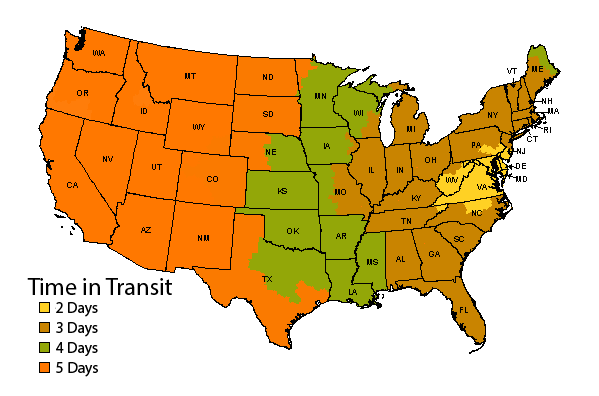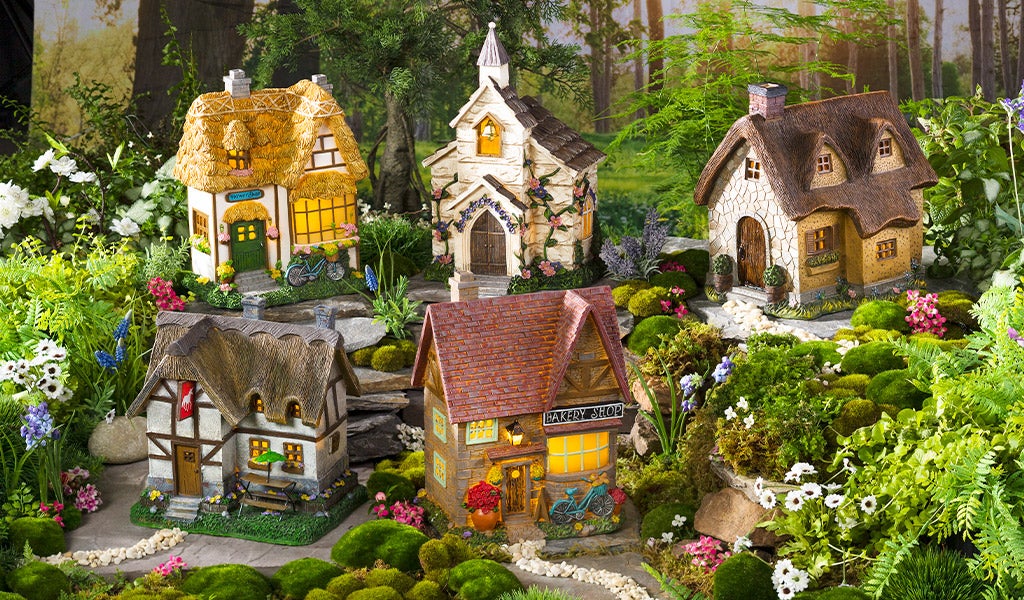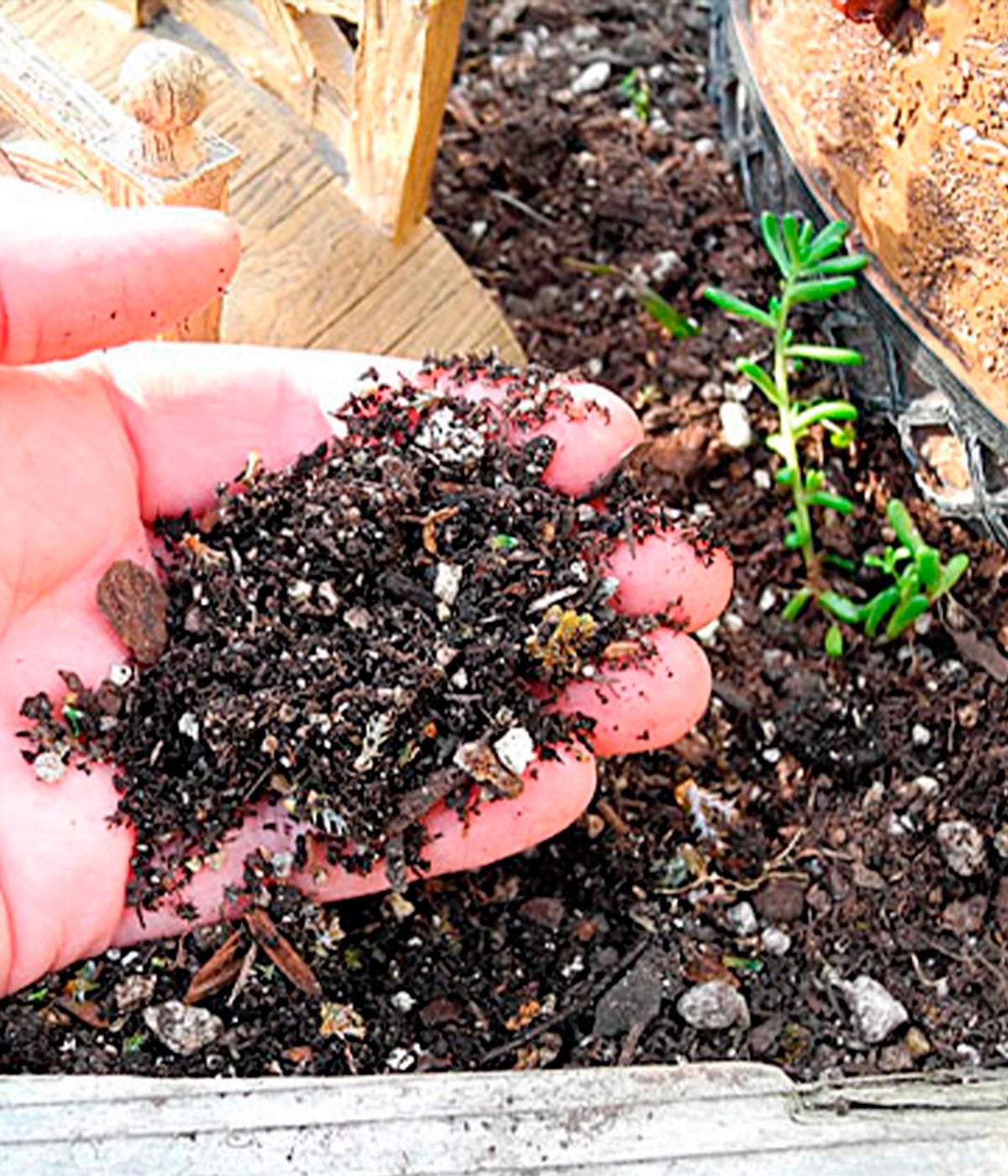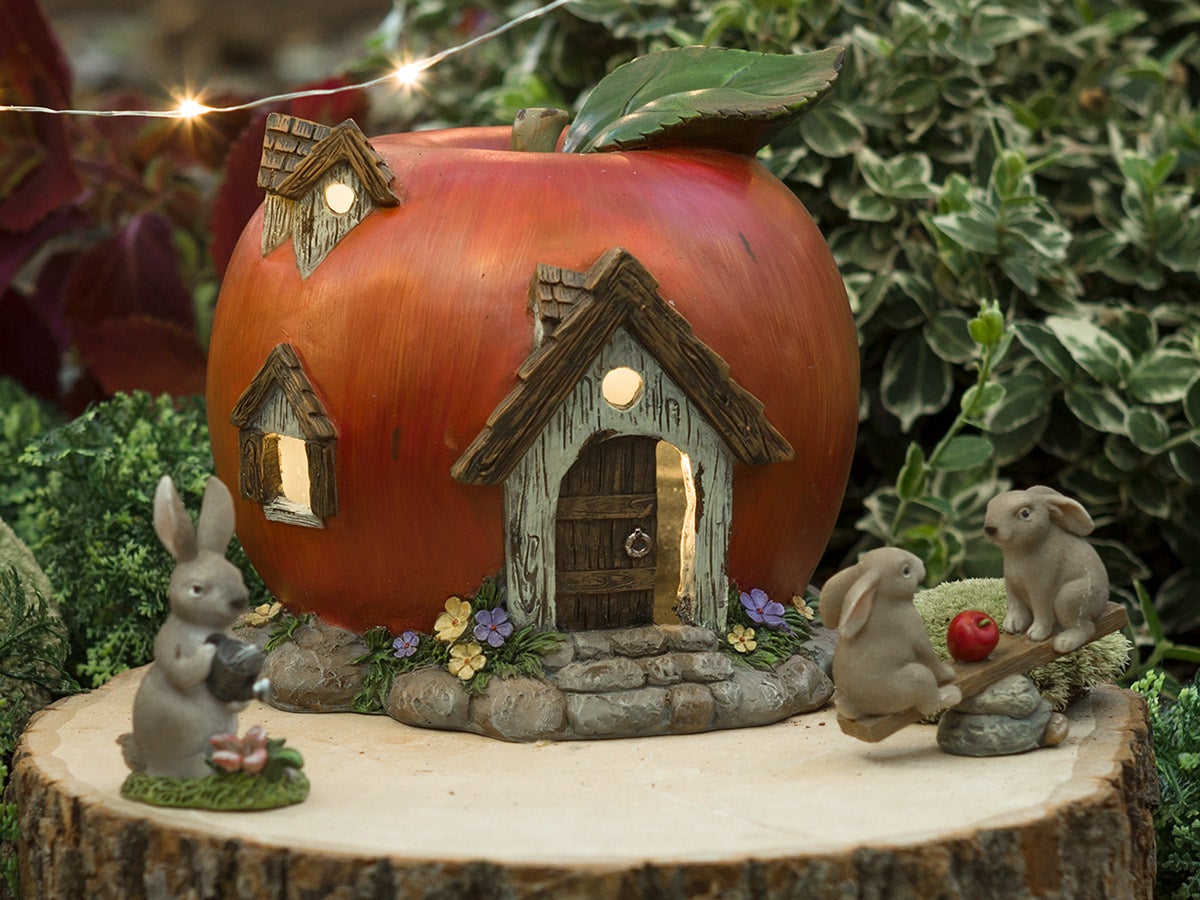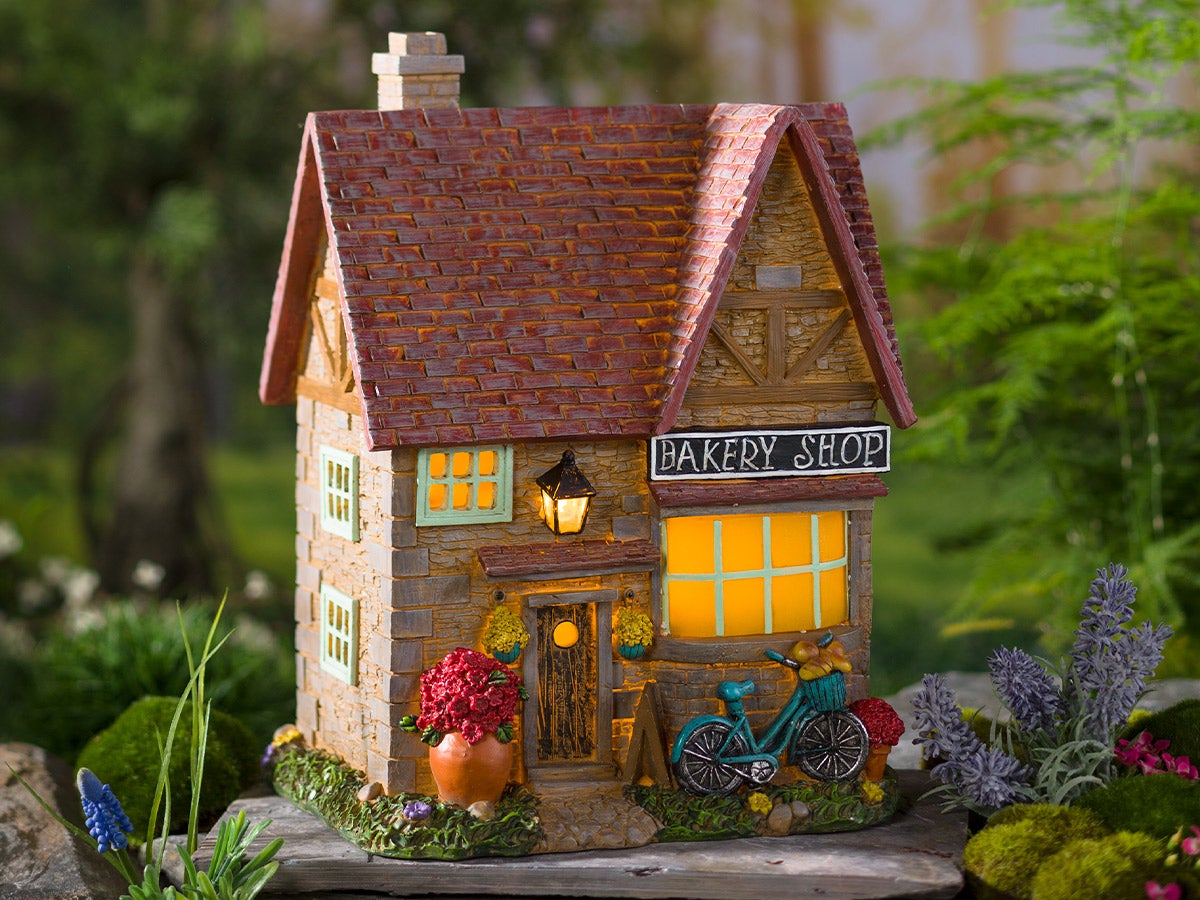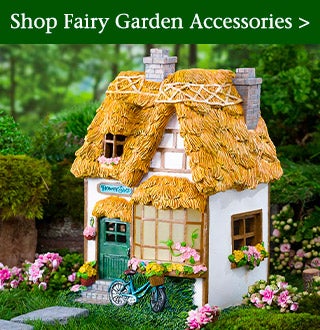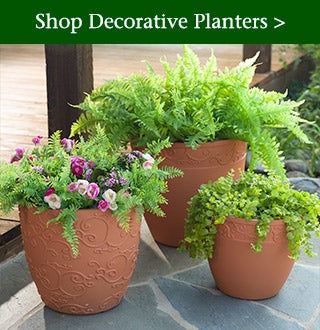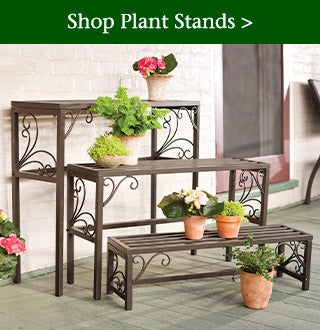How to Begin
Starting with the right soil is important to give your plants the best environment to grow in. Not all soil is equal and the easiest way to judge is by looking at it. There should be composted material with small barks bits. It should look alive, dark, rich and full of organic matter. Dirt is the lifeless, gray sandy stuff between the cracks in the sidewalk.
If you are planting edibles (plants that you eat) in your fairy garden and you are not sure of the soil quality, you can get it tested first or ask an experienced gardener for advice. If you are planting ornamentals, like small trees and perennials, you don’t have to be as cautious, but you still should see a nice blend of organic matter in the soil.
Starting New
A brand new garden is an exciting project because you can design it exactly the way you like, but still spend a bit of time on the soil before you begin. There are different types of garden soil in your garden bed: sandy, loamy or clay, for example. This depends on where you live and whether your garden bed has been cultivated, or used as a garden before, or not. Topsoil is meant for adding to garden beds, but compost may be a better choice to introduce more organic matter to the soil.
If the ground can be worked, meaning you can shovel it and loosen the soil; you may only need to add some compost to improve the quality for planting. If the soil is hard clay, consider building on top of the clay by using raised beds. Lasagna gardening is another ideal method for building raised garden beds on lawns without needing to rip-out the grass first.
